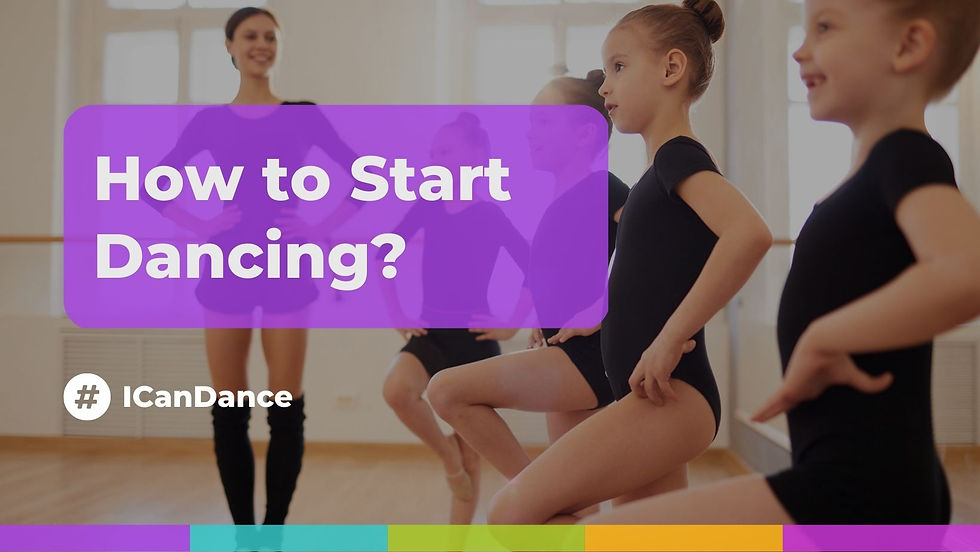Down Syndrome and Dance
- Art & Dance Studio
- Mar 9, 2023
- 2 min read
Down Syndrome (DS) is a genetic disorder caused by the presence of an extra chromosome 21 in the cells of the body.

Despite the physical and mental challenges that accompany this disorder, there is evidence that suggests dance can be beneficial for people with Down Syndrome. Dance therapy provides a unique way for those with Down Syndrome to express themselves, build confidence, and strengthen their physical and cognitive abilities.
Studies have found that dancing can have a positive impact on people with Down Syndrome. For example, a study conducted by the University of Washington in Seattle found that individuals with Down Syndrome who participated in dance classes experienced improved physical coordination, posture, and balance (Kang et. al, 2016). Furthermore, they found that those with Down Syndrome displayed improved social and emotional abilities, as well as improved cognitive functioning.
In addition to physical and cognitive improvements, dance can also help those with Down Syndrome build confidence and sense of self-worth. Dance allows individuals with Down Syndrome to express themselves in a safe and supportive environment. It encourages them to explore their creativity and develop a sense of control over their body. According to Nancy Chodorow, author of the book Dance Therapy and Down Syndrome: "Dance can be a powerful way to allow people with Down Syndrome to express themselves, build confidence, and strengthen their physical and cognitive abilities" (Chodorow, 2003).
In conclusion, dance can play an important role in the lives of individuals with Down Syndrome. It can help them to develop physical, cognitive, and social skills, as well as boost their self-esteem. As dance therapists, it is our responsibility to provide a safe and supportive environment for those with Down Syndrome to explore their creativity and develop confidence.
References
Kang, H. et al. (2016). “Dance Therapy for Individuals with Down Syndrome: A Systematic Review.” Physical & Occupational Therapy in Pediatrics. 36 (1), 1-11.
Chodorow, N. (2003). Dance Therapy and Down Syndrome. New York: Routledge.
Want to review Art & Dance Studio?

BILINGUAL DANCE STUDIO run by professional #dancers Ballet & Other styles, Studio rental, special events & more 🩰 CLASSES FOR KIDS AND ADULTS!
DANCE your freedom. DANCE your dreams. DANCE your way.
🌟Wanna dance? Join us!
🕺💃We are the friendliest dance community at SATX. Classes for kids, teens, and adults.
Ballet, hip-hop, tap, jazz, and more.
🔔 GET A FREE TRIAL https://www.artandancestudio.com






Comments